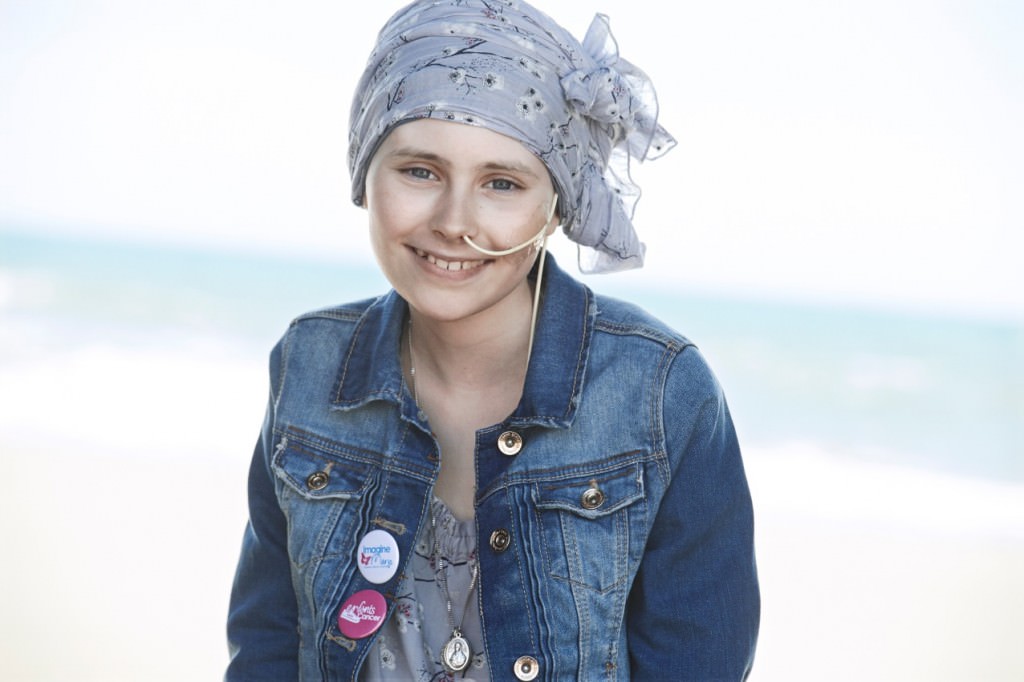CHILDHOOD AND ADOLESCENT CANCER

A little known fact: cancer is a leading cause of death in children; it is the number 1 cause of death by disease and the second cause of death after accidents.
A few figures…
– Every year in France, 2 500 children are diagnosed with cancer and 500 die.
– 1 child in 440 will be diagnosed with cancer before the age of 15.
– The number of cancers in children has been increasing from 1 to 2% a year in Europe, for 30 years.
AND NEVERTHELESS,
– Research is essentially centered on adult cancers. However, malignant tumors detected in children are not of the same nature as those of adults and thus cannot be treated in the same way.
– More than 50 % of medicines administered to children are not officially authorized for children (not specifically developed and tested on children).
There is not one kind of cancer, but more than 60 types of cancer (leukemia, low grade glioma, neuroblastoma, diffuse intrinsic pontine gliomas, etc) which means that for every type of cancer, there are only a few children, so the market for medicines is small and is not attractive for industrials.
THAT’S WHY
Research is centralized at the European level with the aim of having a sufficiently large base for treatment and research because research on childhood cancers needs public money to move forward.
During the last 50 years, there has been progress in the treatment of childhood cancer, without the industrialists having really invested in clinical, specific research for children. The market is not sufficient, too rare for investments. That is why it is urgent to strengthen academic and clinical research to be able to continue to develop these medicines. We need to develop more trials, we need to give the children access to more medicine, we need help to develop these research programs which benefit our children.
There are 2 types of new treatments to handle childhood cancer:
– Those developed for adults and which can be effective against childhood diseases, these are the medicines we want to develop for children at the moment.
– There are also anomalies in childhood cancers, which are specific cancers, and for which it is necessary to develop specific treatments intended only for children.
Clinical research, development of new treatments, is conducted using public money and donations from those who want to support this effort to develop new treatments for children.
Childhood cancer by Pr Vassal:
Research by Pr Vassal:
Testimonies during the symposium:

